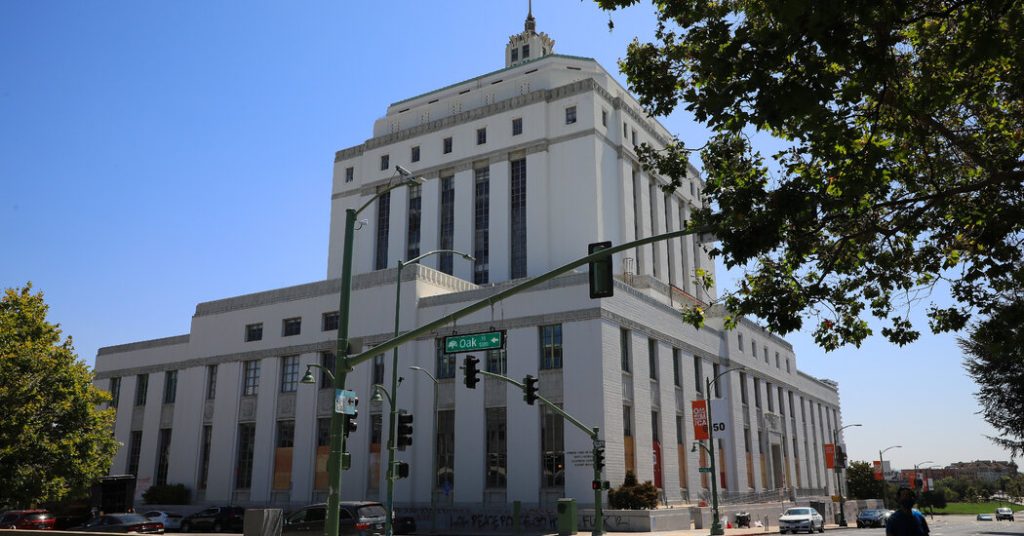In California nearly three decades ago, during a murder trial for Ernest Dykes, who was charged with killing a 9-year-old boy, evidence of prejudice in jury selection was found. Handwritten notes by a prosecutor revealed discriminatory practices, such as “liked him better than any other Jew but no way” when evaluating a prospective Jewish juror. This discovery has led to a review of all California capital cases involving defendants from Alameda County on death row, with concerns that other convictions may also be tainted by bias. The district attorney’s office has admitted that the discriminatory practice was widespread for decades, laying the groundwork for potential new trials for multiple individuals on death row.
The history of racial injustice in the United States and prejudices against certain groups has influenced jury selection practices in capital cases, where certain jurors were deemed sympathetic to defendants based on their race, religion, or other characteristics. Allegations of racial and religious bias in jury selection have surfaced in Alameda County before, with a former prosecutor stating that excluding Jewish jurors was a standard practice in death cases. The revelations have caused distress among the local Jewish community, highlighting the impact of bias on both defendants and victims’ families involved in these cases.
The challenges of retrying these cases after decades, such as locating old case files and witnesses, have become apparent as prosecutors navigate the potential for new trials. Surviving families of the victims are being contacted to prepare them for the possibility of revisiting the trauma of their loved one’s violent death and the uncertainty of legal proceedings. Legal scholars and critics of the death penalty emphasize the importance of addressing bias in jury selection, as it undermines the integrity of the judicial process and violates constitutional rights.
The extensive review of cases involving biased jury selection in Alameda County has prompted discussions about the prevalence of such practices nationwide. Prosecutors’ offices across the country have been implicated in selecting jurors based on race, religion, or other factors to manipulate outcomes in capital cases. Exposing and addressing bias in jury selection is a complex task, as lawyers often have leeway in exercising peremptory challenges without having to provide detailed justifications.
The larger context of racial and religious discrimination in jury selection practices goes beyond Alameda County, with examples from other parts of the country where cases have been overturned due to bias. Prosecutors’ training materials and practices have been scrutinized for advocating the exclusion of certain groups that may sympathize with defendants facing life-threatening charges. The significance of addressing bias in capital cases is underscored by the potentially life-altering consequences for defendants and the affected families on both sides of the legal process.
The revelation of bias in Alameda County, a liberal area in the Bay Area, serves as a reminder of the pervasive nature of discriminatory practices in the American legal system. Despite progress in advancing civil rights and challenging such practices, the persistence of bias in jury selection highlights ongoing challenges in ensuring a fair and impartial judicial process. The scrutiny of capital cases for potential new trials based on discriminatory jury selection practices reflects a broader concern about upholding constitutional rights and addressing systemic injustices in the criminal justice system.








